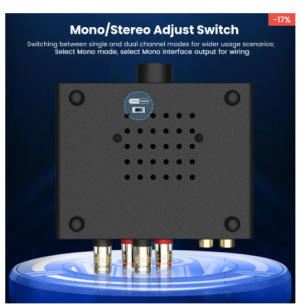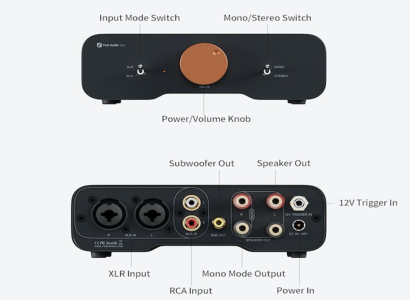Decadent_Spectre
Well-Known Member
I'm no expert in driver design but when the sensitivity is different it is because other parameters combined make the sensitivity higher, to the question of the same driver with higher or lower sensitivity, this might not be possible as someone said, some parameters might be the same, perhaps even the basic response in a sealed box/test baffle is similar but the driver would still be different. There is no apples to apples as the differences in the drivers (including the sensitivity) would make them sound different. That said I do concur that high sensitivity systems sound different than low sensitivity ones, now obviously they were different systems so it isn't apples to apples and many other differences existed in the system other than sensitivity but the subjective difference is clear to hear for anyone. I don't think an apples to apples comparison can be made unless a manufacturer decides to develop a driver which has a low sensitivity and high sensitivity version and does their best to make them similar sounding. Maybe such drivers exist but I can't remember them. If one had to answer this question "with proof" then we can't say high sensitivity makes a driver sound different (as there is no such example of high vs low apples to apples driver comparison that I am aware of) but high sensitivity combined with certain parameters does make it sound different. This can be easily seen taking a typical hifi driver and a pro driver. Personally I am of the opinion high sensitivity matters, a lot.








